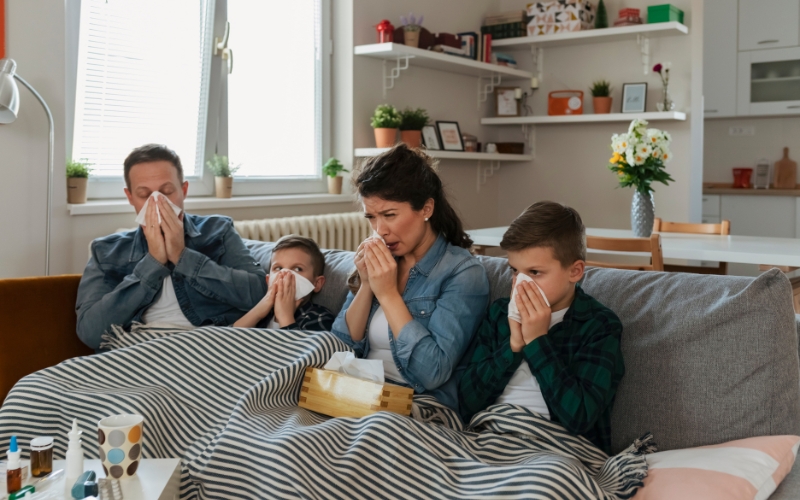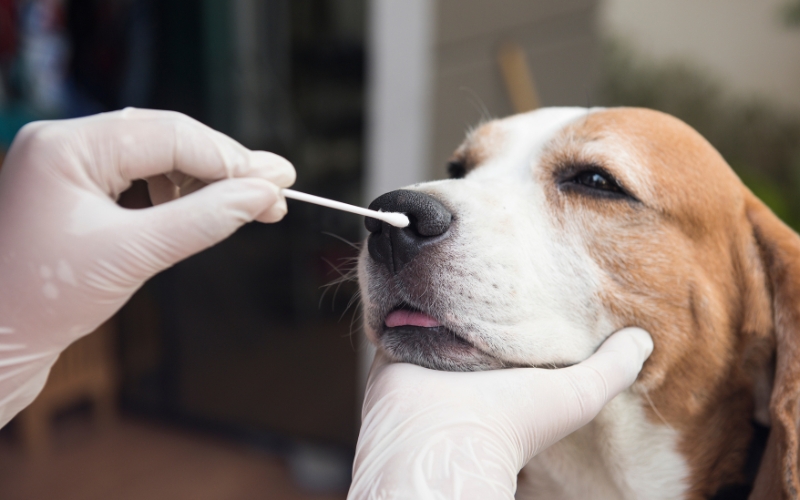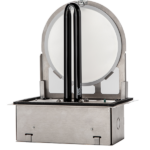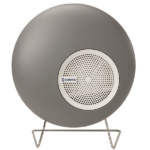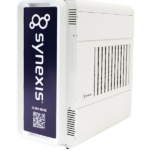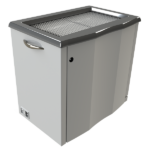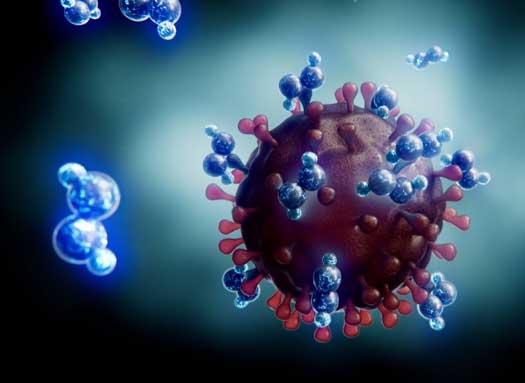You can do everything right and still have mold. There are also things you can do wrong to cause mold, but as an indoor air pollutant, it certainly doesn’t discriminate. The reality is that it is always around. It’s been around for millions of years and that isn’t going to change. It can be brought inside on clothes, shoes, bags, and even your pets.
But that doesn’t mean there isn’t a danger to it. For some, the impact can be fairly minor. It can lead to a stuffy nose and a sore throat, which can generally be more of a small annoyance, but that can lead to bigger things as well. That includes burning eyes, coughing, wheezing and even skin rash. People with asthma or who are allergic tmay have even more severe reactions than that, and immune-compromised individuals and people with chronic lung disease may get infections in their lungs.
So yes, it’s certainly something dangerous that can grow around leaks in roofs, windows, or pipes, or anywhere there’s been a flood. It can grow on paper, cardboard, ceiling tiles, wood, and really anywhere else you can think of.
How do you know you have mold?
It can look like spots, it can be many different colors, and it can smell musty. If you see it or smell it, don’t worry about what kind of mold it is, just get rid of it. There are seven signs you have mold to keep an eye on:
- Visible discoloration or staining – It could be mold if you see gray, black, green, or bluish specks along grout lines, on walls, or on any surfaces. The texture can be powdery, fuzzy, or slimy. Also, dark water stains on walls, floors, or ceilings generally indicate mold.
- Musty odor – Your eyes see it, your nose smells it. Any whiff of something musty, earthy, or sour indicates that mold could be present.
- Damp walls, upholstery, floor, or cabinetry – If your surfaces feel damp, the level of humidity is too high and high humidity levels can encourage mold growth in both visible and non-visible spots.
- Leaky plumbing – Even a small and slow leak can add just enough moisture to encourage mold to grow. Be sure to regularly check all your plumbing connections, both inside and out.
- Moisture condensation – Droplets of water on walls, windows, windowsills, or around a refrigerator, freezer, or air conditioner coils are a pretty strong indication that mold could follow.
- Taste – If your coffee tastes off, there could be mold in the coffee maker. Any small appliances that use water and water dispensing systems are breeding grounds for mold growth.
- Allergic Reactions – If anyone begins showing signs of an allergic reaction, including sneezing, coughing, or rashes, that just won’t go away, mold could be the cause.
How Synexis helps
As a data-driven company, we strive to validate all of our laboratory testing with real-world evidence. That means we love our case studies for two reasons. One is that they show how well our patented Dry Hydrogen Peroxide (DHP®) works. The other is that we are able to continue to hone our products to provide the best service they can. Concerning mold, we have three amazing examples to back up our lab data indicating that we can eliminate more than 99 percent of black mold in the air in two hours and more than 90.8 percent on surfaces in 24 hours.
Case Study 1: Fast-Food Chain Restaurant
A restaurant found themselves concerned about mold following an investigation that revealed an employee’s illness was due to the issue. The restaurant hired a remediation company to remove the deposits, and that did work…temporarily. But after installation, Synexis DHP technology reduced the levels of airborne mold by 95 percent within just seven days to establish a new steady state.
Case Study 2: Retail Clothing Store
Following Hurricane Dorian, massive amounts of mold grew at a retail clothing store in San Juan, Puerto Rico. Because of that, the store was forced to dispose of a not-insignificant chunk of their inventory. With the use of Synexis DHP, mold counts in the store dropped by 95.8 percent within the first 30 days and continued to fall after that.
Case Study 3: Offshore Oil Rig
If you’re looking for something that provides basically perfect conditions for harboring mold, an offshore oil rig is it. They battle some of the most dangerous elements, but Synexis DHP was able to keep airborne mold counts at bay. Our technology facilitated a drop within three weeks from nearly 35,000 mold spores in the galley to literally zero. In the office, those spores dropped from 4,440 to 70 in the same timeframe.
We’d love the opportunity to discuss your needs and determine the best fits Synexis has for you with our innovative DHP™ technology. To connect with a member of the Synexis team, fill out this form and someone will be in touch soon.
To connect with a member of the Synexis team, fill out this form and we’ll be in touch as soon as possible.
And to learn more about Synexis, click here.

